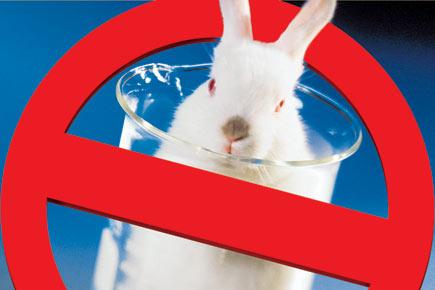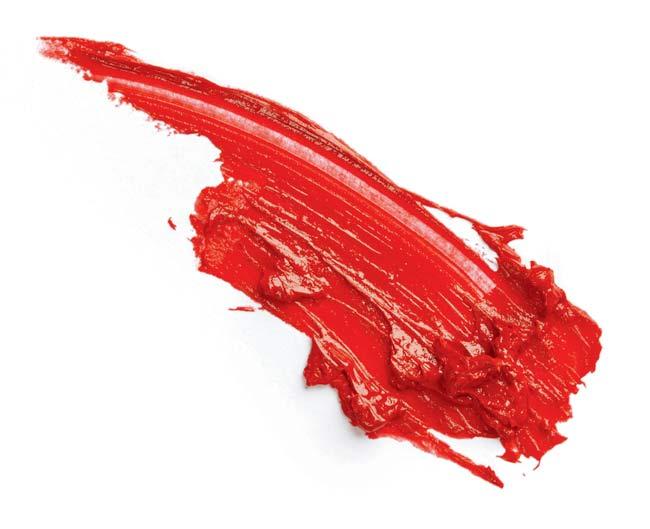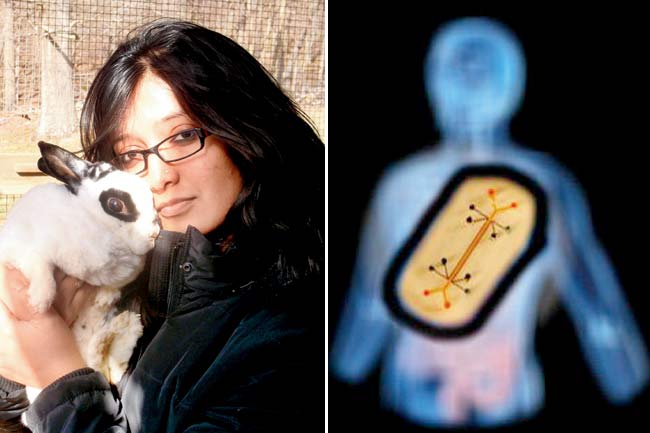Since April, India’s cosmetics industry has been grappling with alternative methods for testing cosmetics as animal tests have been banned; the guide probes if the Rs 5,000-plus crore industry is ready to turn the page

testing cosmetics, animal tests, banned, rejected in India, animal tested cosmetics, Omved, Shahnaz Husain, Priti Mehta, Alokparna Sengupta
Why animals?
Animals were considered conducive for testing of cosmetic products because they are easily available, their life span is shorter and testing on them was comparatively cost-effective. Though not the same, animals also have a similar cell structure like that of human beings. It was observed that the similar effects could be obtained on human cells.

ADVERTISEMENT
Since the ban...
From April 2014 there are no validated alternative testing methods and the companies are actually in a fix.
Secondly, these tests are generally carried out on development of new cosmetic products or when some new molecule is being developed for use in cosmetics. So, mostly all the companies are conducting human clinical trials for new products while utilising the existing molecules, which were tested earlier. This has actually brought limitation to the new product development.

Mostly, multinational companies like Hindustan Unilever, Procter & Gamble, Johnson & Johnson are carrying such tests but the small and mid-level industries are yet to start using these tests.
So, now what?
There are no validated alternative methods in India because of lack of authorised validating body and sufficient research but several agencies are working towards creating these alternative methods.
The various tests which are being used in Europe and the Organisation for Economic Co-operation and Development (OECD) guidelines are also being considered in India.
The normal alternative methods being used are like the dye test for cytotoxicity and eye irritation. Direct Peptide reactivity assay, human cell lines activation test, etc are being used more frequently than any other tests.
Apart from these, companies are also using computational methods for testing the safety and efficacy of products. However, the latter are very costly propositions.
New means cheaper?
These tests are very cost-effective and come at a reasonable cost starting anywhere from Rs 45,000 onwards. Companies have not yet started taking up these tests because of lack of validated methods in the country.
The future model
“In future, cosmetics will be tested on 3D human skin model, with enhanced testing because of tests which are specifically designed for cosmetic and are not for pharmaceutical products,” says Dr Renuka Thergaonkar.
A number of alternative approaches to replace, reduce or refine animal testing (termed the 3Rs) are currently available as per Alokparna Sengupta, deputy director of Humane Society International/India (HSI).

(Left) Alokparna Sengupta; (right) The above image shows the lung being put on a single chip
HSI is also working with governments in key innovation economies to accelerate the next generation of testing tools dubbed 21st century toxicology or Tox21.
Europe and the United States have already begun to invest heavily in this research area. However, experts have estimated that a total investment on the order of $2 billion over 10 years may be needed to fully address the scientific challenges that lie ahead. This underscores the need for other national partners, such as India, to join the global Tox21 research effort.
Wyss Institute at Harvard University and many others (researchers at Germany, Russia) are developing what is called an Organ on a Chip. The chip tries to recreate the smallest functional unit that represent the functions of the cells in our body. Made of clear flexible polymer, the organ on a chip, a microchip, the size of a USB device provides an insights into the inner workings of human organs.
Information courtesy: Dr Renuka Thergaonkar is ex-Head of the Department of Perfumery and Cosmetics, and R&D and Formulation Head Scientific Research Centre. Alokparna Sengupta, Humane Society International/india, deputy director
 Subscribe today by clicking the link and stay updated with the latest news!" Click here!
Subscribe today by clicking the link and stay updated with the latest news!" Click here!







